This Is Where You Should Wear Masks Now as COVID Rises, Says CDC
See where you should wear one now.
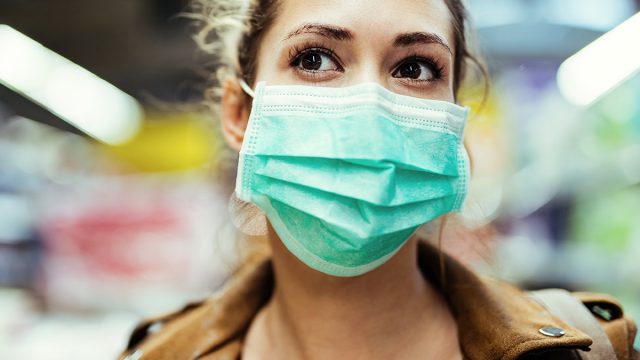
COVID-19 cases have been rising nationwide for several weeks, but what does that mean for day-to-day life? Is it time to return to masking in public places? The Centers for Disease Control and Prevention updated its mask recommendations in May, when it said COVID was no longer a public health emergency. And as cases rise this month, the CDC director, Dr. Mandy Cohen, has been talking more and more about masking. "In addition to treatments such as Paxlovid, we have other tools to protect our health, such as widely available at-home tests and common-sense strategies like improving ventilation, masking and hand washing," she wrote in the Times. "These tools can help prevent COVID infections specifically, as well as other viral infections that are common in the coming winter months." Here are the specific recommendations about when and where to mask.
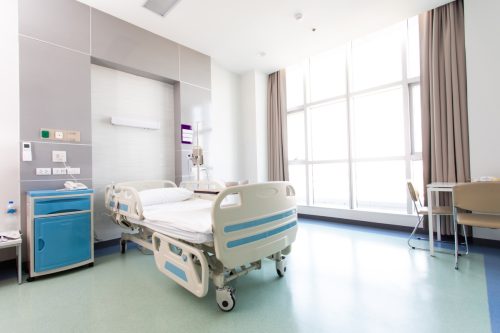
"If you are at high risk of getting very sick, wear a high-quality mask or respirator (e.g., N95) when indoors in public," says the CDC. "If you have household or social contact with someone at high risk for getting very sick, consider self-testing to detect infection before contact, and consider wearing a high-quality mask when indoors with them."
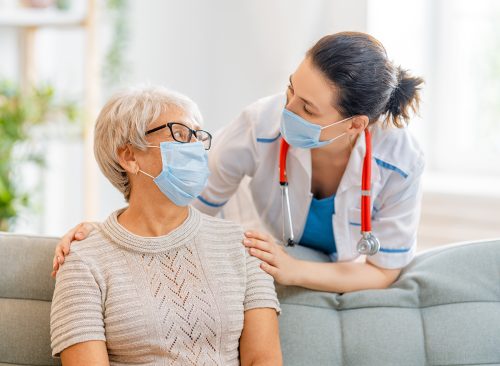
If you're at high risk for a serious case of COVID, you want to wear a mask when traveling on airplanes, buses or trains or at indoor activities with a lot of people, Dr. William Schaffner, an infectious-disease doctor at Vanderbilt University Medical Center, told the Wall Street Journal this week. "You might be the only person in the room wearing it, but you might be the one with the high-risk condition," Schaffner said.
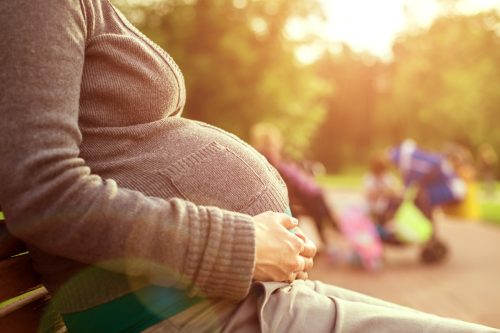
The CDC says some groups of people are at higher risk of becoming severely ill from COVID-19. They include people who are older, people with certain medical conditions, pregnant, and recently pregnant people.
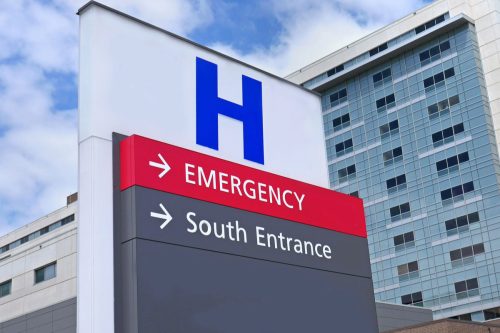
People at high risk of getting seriously sick should wear a good mask in the 7% of counties with medium hospital admission levels, and others there should consider masking indoors around high-risk people, the CDC advises.
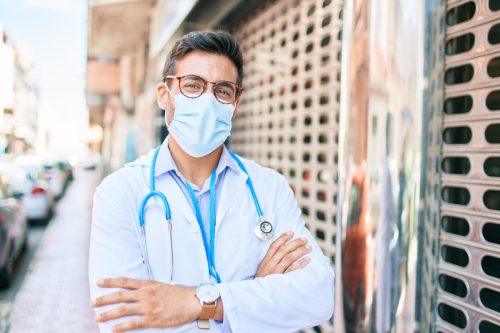
Everyone should mask where hospital admission rates are high, the CDC says. "COVID-19 hospitalizations are continuing to rise in the United States but there is hope that the uptick could be stemmed with the new boosters," reports ABC News. "Hospitalizations increased 15.7% for the week ending Aug. 26 from 15,050 to 17,418, according to data updated Monday by the Centers for Disease Control and Prevention."
RELATED: These 10 States Are Seeing the Worst COVID Surges Right Now
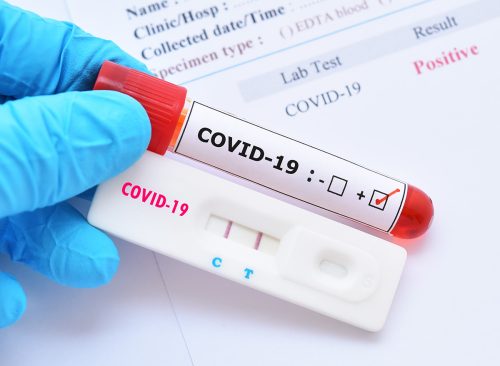
The CDC recommends people who test positive for COVID-19 mask around other people for ten days or until they get two negative rapid-test results 48 hours apart.
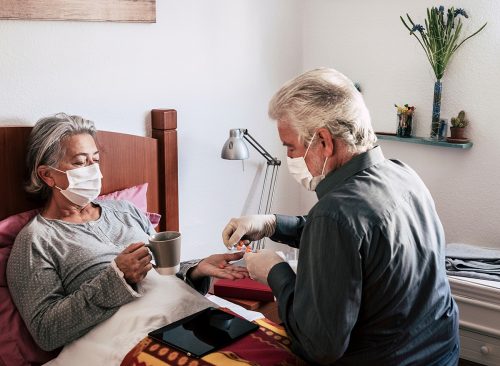
People caring for someone with COVID-19 should mask near them and people exposed to the virus should mask for 10 days, the CDC says.

The union United Teachers Los Angeles has urged students to wear a mask if they come to school with symptoms. "If you are sick, you should wear a mask to protect your classmates and colleagues from getting sick, or you should stay at home," said Julie Van Winkle, the union's vice president.
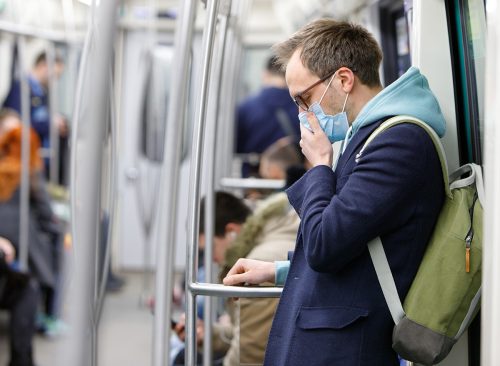
The CDC advises you should mask while traveling when you're in crowded or tight spaces with poor ventilation like airport jetways, airplanes when the ventilation system is off, seaports, or when in close-contact situations like on a train or bus; or when there are high levels of respiratory disease at your travel destination or in the community you are traveling through.
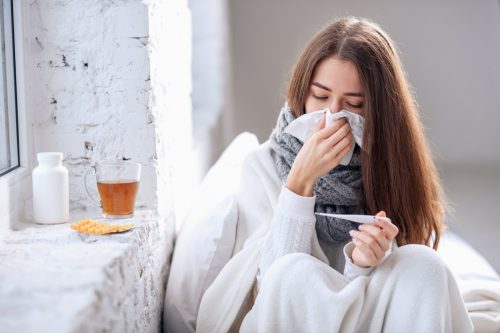
You should also mask up if you're showing symptoms of a respiratory illness or have been exposed to someone with COVID-19 in the last ten days.
RELATED: Surprising Signs You've Already Had COVID
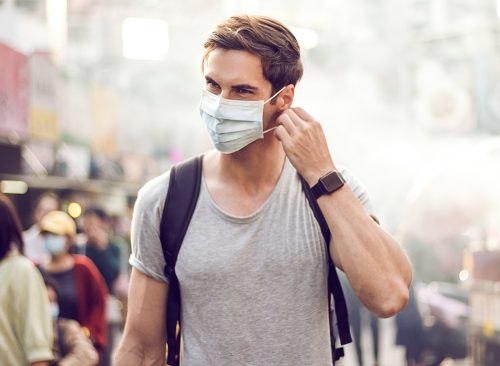
"We're going to be living with COVID probably for the rest of our lives. So we need to get comfortable with the fact that there are going to be times when COVID is present, when we are going to school or to work or living our lives. In those cases, we need to do what's best for ourselves to protect ourselves," Dr. Marti Sharkey, an infectious disease specialist in Arkansas, recently told local station ABC 40.














